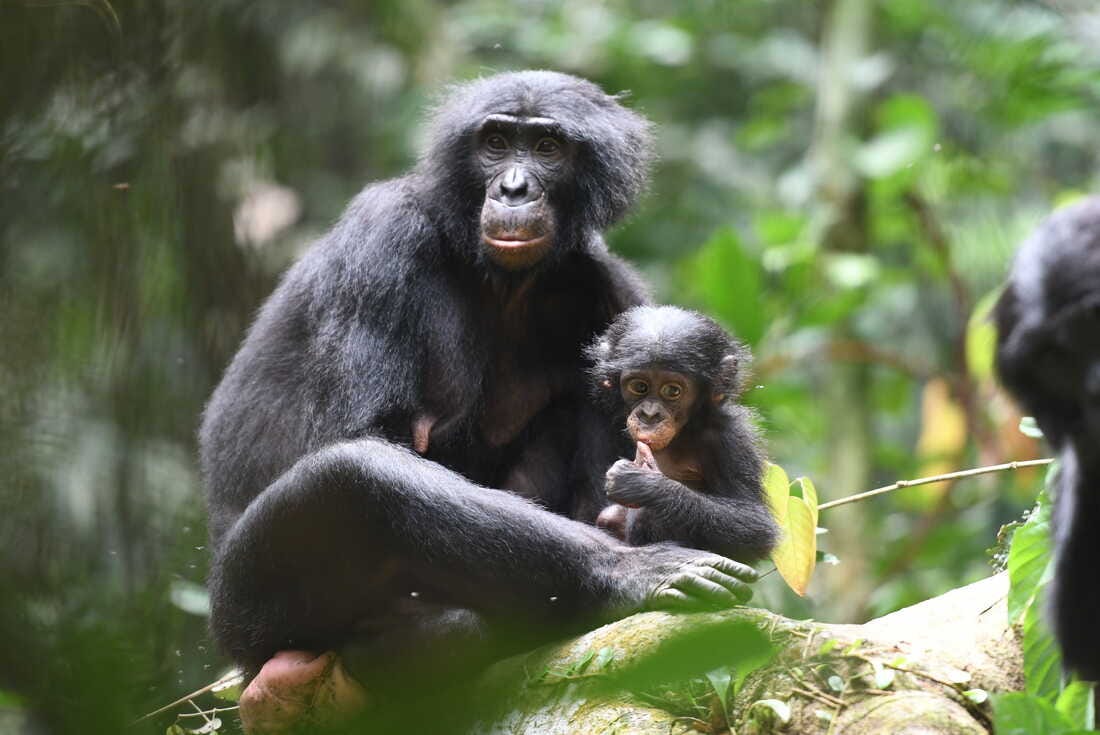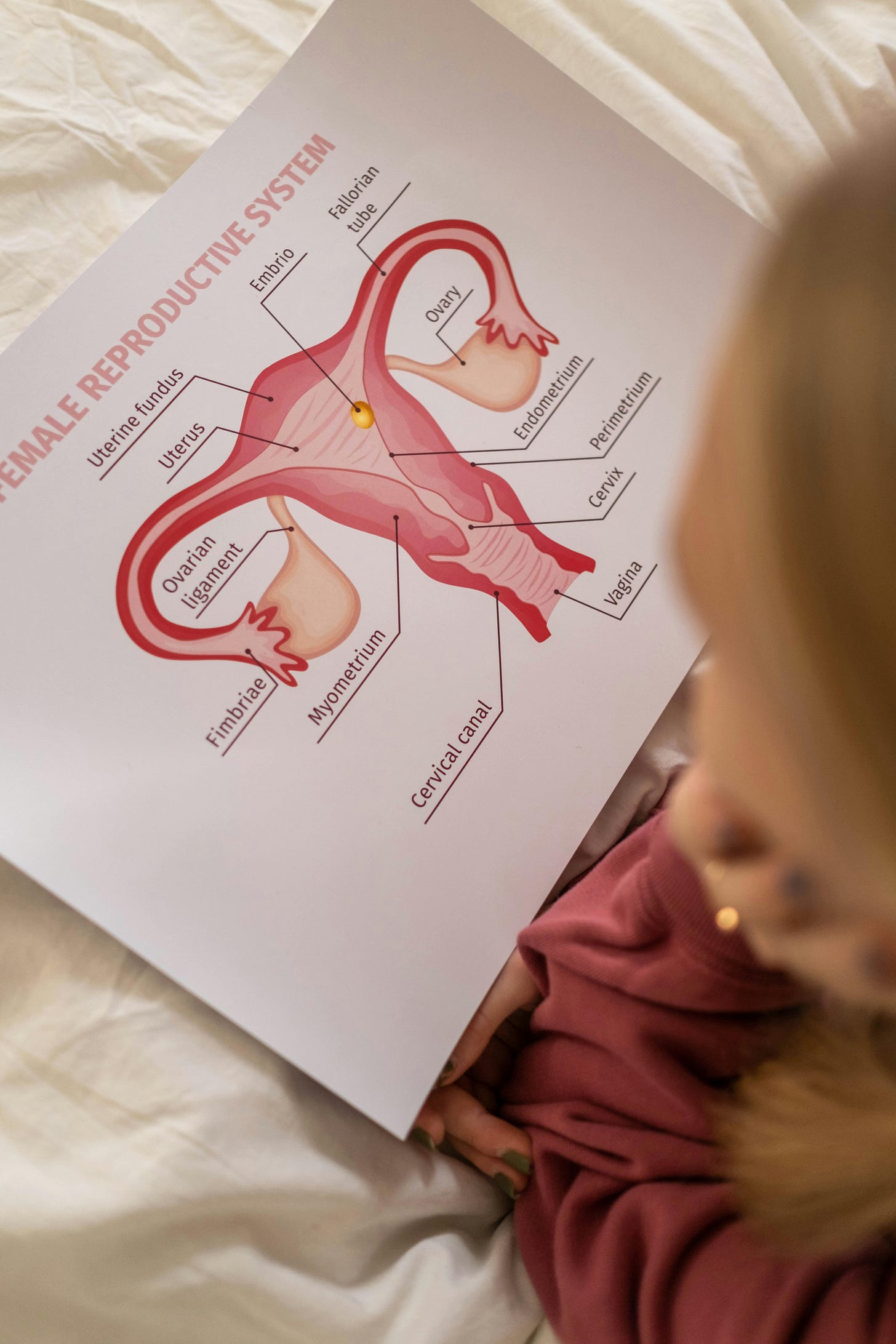Sex and Style is written by Somatic Sex Coach Sarah Ward. This is intended as general advice. If you’d like a personalized guidance, I’d be honored to connect in a discovery session.
A Note to the Community:
This post has sparked a lot of discussion, which is welcome. That said, some comments stray from our community values of respect and safety. It’s vital that we approach these conversations with respect and care.
This space is built on open, respectful dialogue. If you choose to engage in the comments, please foster an attitude of curiosity and respect.
Disrespectful comments won’t be tolerated, and repeat offenders may be blocked, since this behavior detracts from the thoughtful discussions this community was cultivated around.
Thank you for helping to keep this a safe and welcoming space for everyone.
In the long arc of human anthropology, we have not always been monogamous. This may come as a surprise to you.
In earlier times in human history, women were known to seek several partners when they were ovulating, which improved their chances of healthy offspring — the best gift we can give the next generation.
While OB-GYNs joke that cervixes are good for two thing, having babies and getting cancer (No joke. My beloved OB said this to me 🙄), the cervix has a curious lesser known role: sifting semen.
In case you’re a little fuzzy on where the cervix is (sex-ed was a looong time ago, and probably didn’t teach you anything worth remembering, much less about the female reproductive system), you’ll find it at the end of the vaginal canal, at the opening of the uterus.
When our early female ancestors took multiple lovers, the cervix helped to sift the semen, allowing the best sperm through. She’s a gatekeeper. And the egg herself selects the sperm.
…sperm have only one job—to fertilize eggs—so it doesn't make sense for them to be choosy. Eggs, on the other hand, can benefit by picking high quality or genetically compatible sperm.
"The idea that eggs are choosing sperm is really novel in human fertility," said professor Daniel Brison, the scientific director of the Department of Reproductive Medicine at Saint Marys' Hospital.1
Some evolutionary biologists believe that human penis size evolved in response to sperm competition between males, duking it out inside the female body.
This history of non-monogamy is why women are more vocal than their male counterparts during sex. While our ancestors were getting it on in the jungle, the female partner’s cries would draw other potential partners close.2
Like the poet Kelis said:3
“My milkshake brings all the boys to the yard”
In fact, some evolutionary biologists believe that human penis size evolved in response to this exact dynamic: competition between males inside the female body.
To understand this mystery, let’s look at our primate cousins for clues.
As members of the primate species, our closest relatives are bonobos: we share 99%4 of the same DNA sequence.

Bonobos are sexually prolific. They engage in both heterosexual and homosexual sex dozens of times a day (yes, you read that right): when they are fed, when they get excited, when newcomers arrive. It’s a way to bond, to alleviate tension.
Unlike human copulation which lasts for an average of 5.45 minutes (may the record show, this is a more reductive definition of sex, from penetration to ejaculation), bonobos’ exploits last an average of 136 seconds.
Female bonobos give birth on average every five to six years, which means that they, too, have differentiated between sex for procreation and sex for pleasure.
Back to penis size.
The mushroom shape of the head of the penis is cleverly designed as a functional tool to scoop out any ejaculate from rival males that may still be present in the vagina.
“The mushroom configuration of the human penis evolved as an adaptation to female infidelity,” says Gordon Gallup, PhD, who popularized the so-called semen displacement theory with a co-authored study, published in 2003.
“If a female has been inseminated by another male within a brief period of time, the next male in sequence has the opportunity to scoop out or displace the prior male’s semen from the female's reproductive tract, so he can substitute his semen for those of his rivals,” says Gallup. “It's called the semen displacement hypothesis.”
“Deeper thrusting displaces more semen than shallow thrusting,” says Gallup. “And males with longer penises can deposit their semen in the most remote parts of the female vagina, therefore making displacement by [later] males less likely.”7
Science supports this. They’ve even done a test with dildos, a vagina sleeve, and a concoction that mimics the consistency of sperm.
“They found that dildos featuring a coronal ridge (like that of a real penis) displaced 91 percent of semen present in the vaginal canal.”8
Female pleasure
Human testis size indicates that males evolved under conditions in which their sperm competed inside females, but perhaps not to the same extent as chimp sperm. But the larger human penis suggests that hominids needed to keep females with choice sexually satisfied. Ancestral females would have experienced a sexual freedom denied in Western cultures today and it has been suggested that our ancestors went through a period of matriarchy and enhanced female choice.
If female pleasure was a factor of mate selection, then penis size becomes more prominent. If our ancestors mated for life only, then having a memorable penis would be less important on the evolutionary stage.
But if female choice meant that females had more than one partner, or the choice to reject sex entirely, then the penis has to evolve to stand out. Nature will go to great lengths (see what I did there?) to ensure the perpetuation of the human race.
When we consider our history, it's clear that human sexuality is complex and influenced by many factors outside of the physical (which certainly doesn’t hurt).
While penis size may play a role in female pleasure, the kind of sexual satisfaction we crave includes a lot more than what a ruler can measure: emotional connection, safety, and communication.
At the end of the day, we know that only about a quarter of women experience orgasm from penetration alone. So while size matters, female orgasm isn’t contingent upon it.
Intimacy is so much more than just anatomy.
So, let’s circle back to where we started:
What does penis size have to do with monogamy?
While monogamy is the current cultural default, our bodies tell us a different story.
The human penis is unusually large when you factor in the average body size of the human male and compare it to the bodies of our primate cousins. This gives us a hint about our sexual past.
The length. In a species where there is low sperm competition, such as a monogamous context, or the polygynous gorilla societies, the penis size is much smaller. When one male gorilla has his own harem of females that he impregnates and protects, isn’t a fight for “may the best sperm win”, so the length of the penis is less important. The longer human penis points to an evolutionary need to compete with other sperm.
The shape of the head of human penis functions to displace any competing sperm that may be present in the vaginal canal from other lovers.
Human testicles fall somewhere in the middle when compared to the promiscuous chimps who evolved enormous testicles in the race to fertilize a female. Chimps repeatedly mate throughout the day, so a higher sperm count becomes a numbers game. This leads us to believe that humans evolved under moderate sperm competition and a mix of sexual mating strategies.
The size of the human penis suggests that female choice and sperm competition both played a role in our evolution, which challenges the idea that we’re biologically wired for lifelong sexual monogamy.
If monogamy is your relationship style, you don’t have to change anything. This data isn’t meant to threaten how you live.
If you prefer a more open, ethically non-monogamous or polyamorous way of relating, great. Enjoy!
This isn’t about telling you what kind of relationship style is best for you — because only you can decide that. It’s about understanding how we evolved, so you can make empowered choices today.
Human history be damned, nothing about your biology tells you who or how to love.
Sex and Style is written by Certified Somatic Sex and Relationship Coach and Wardrobe Stylist, Sarah Ward. She has spent the last 20 years studying human sexuality and minted it in 2021, certifying in the VITA™ Methodology with Layla Martin, and as an Erotic Blueprints™ Coach with Jaiya. For a personalized approach to pleasure, schedule a free call with Sarah.
I’m so glad you’re here. If something about this resonated with you, please press the heart ♥️ button to help other people discover it, too. If this was supportive for you, please consider becoming a free or paid subscriber to keep posts like this coming.














I’ll never look at mushrooms the same way again - sperm scoopers! Well, it does not surprise me how selective our female bodies are, they really don’t settle, oh how we can learn so much from our own nature 💜
Loved this. Reminded me of some of the stuff in the book ‘Sex at Dawn.’ But the penis head shape/scooping info was new to me, and very interesting. Thanks for sharing these insights.